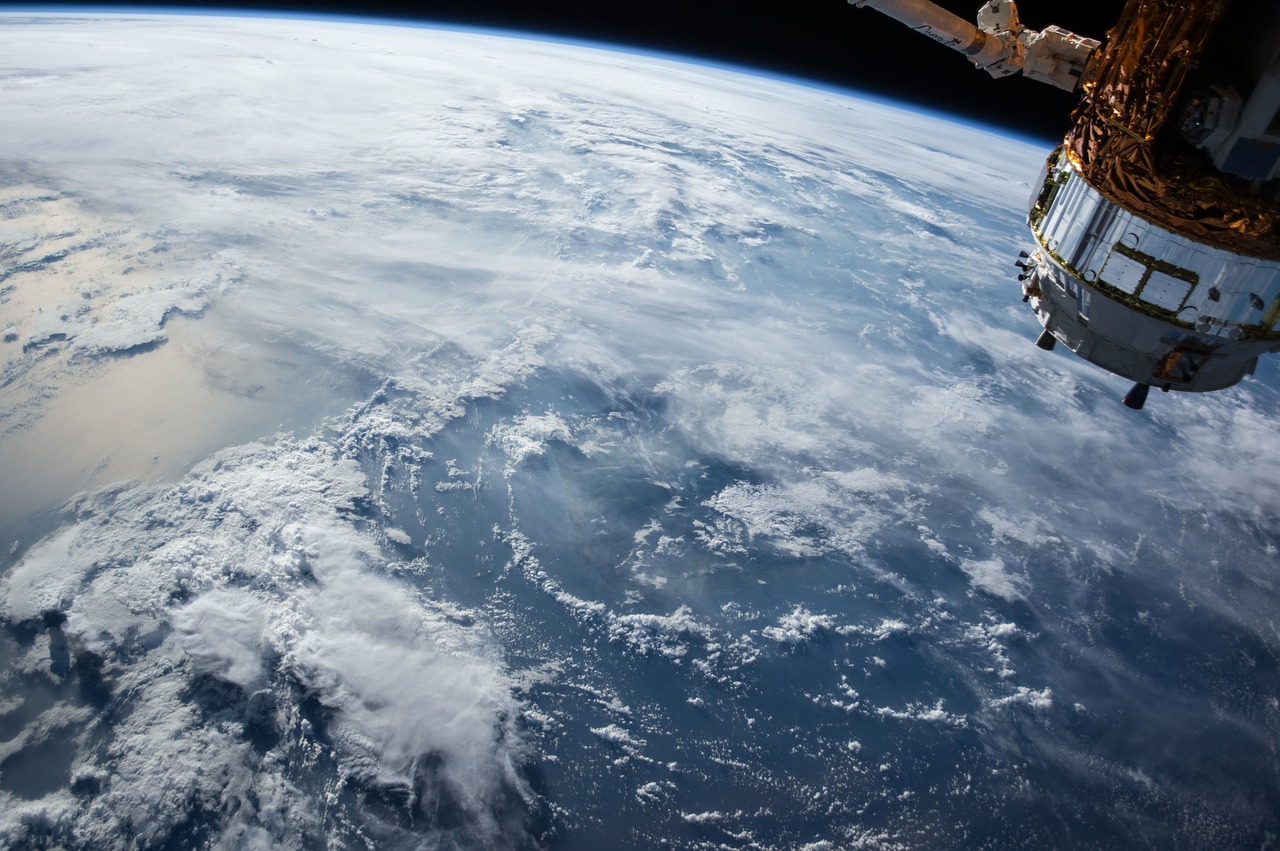Discovering an Earth-sized exoplanet, especially one that supports life, is certainly not an easy task. That’s why NASA designed TESS – Transiting Exoplanet Survey Satellite, which should be able to find planets that are as big as our own and that orbit nearby stars. Their latest finding is a planet that’s about the same size as the Earth, but one that probably doesn’t support life as we know it.
The first Earth-sized planet discovered by TESS orbits a star called HD 21749, which is in our neighborhood – 53 light years away to be exact. HD 21749 is an orange main-sequence star that’s 0.68 the mass of our sun, located in the constellation Reticulum. TESS discovered two planets orbiting this star – the Earth-like planet that has a low 7.8-day orbit, and a larger rocky one called HD 21749b that has a 36-day orbit. The Earth-sized planet, which orbits more closely to the star, has surface temperatures of 800°F (425°C) and couldn’t support life.
However, this is only a scratch on the surface of what TESS can do. NASA’s latest satellite was launched on April 18, 2018, and has since discovered ten planets smaller than Neptune. The agency hopes that in its two-year mission, TESS will find around 50 rocky planets in the neighborhood of our solar system, around the same size as the Earth. Some of those planets should orbit further from their stars, in the so-called habitable zone, and could support life.
Exoplanetologist at MIT Kavli Insitute for Astrophysics and Space Research and TESS member, Diana Dragomir, said that for stars that are close and very bright, it is expected to find a couple of dozen Earth-sized planets. This discovery is a milestone for the project, which according to Dragomir “sets the path for finding smaller planets around even smaller stars, and those planets may potentially be habitable.”
HD 21749c is however not the first Earth-sized exoplanet discovered. NASA’s retired Kepler space telescope already discovered several Earth-sized planets, some which can even support liquid water on the surface.







